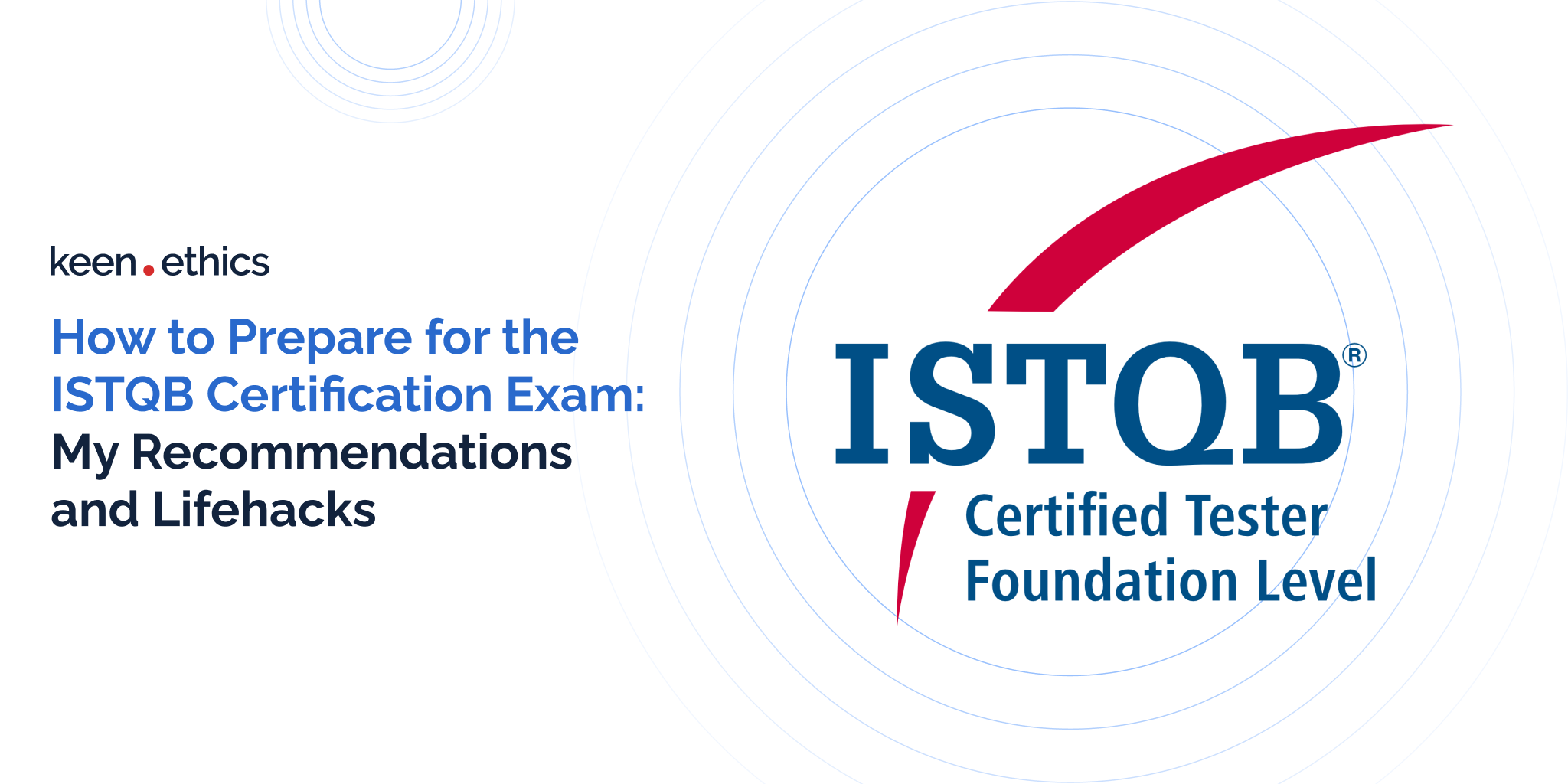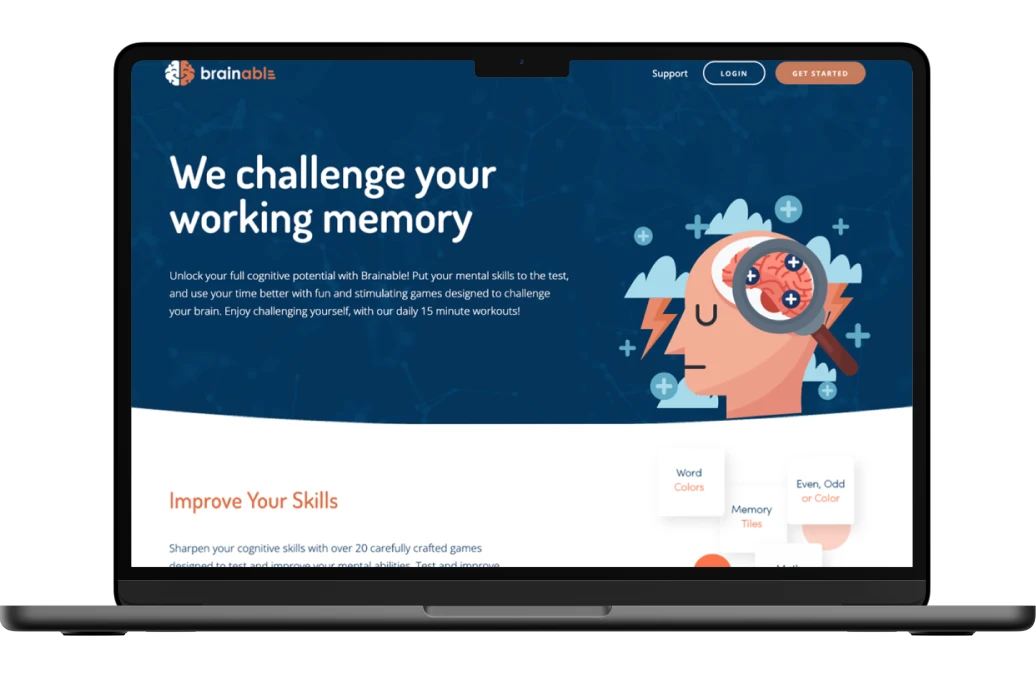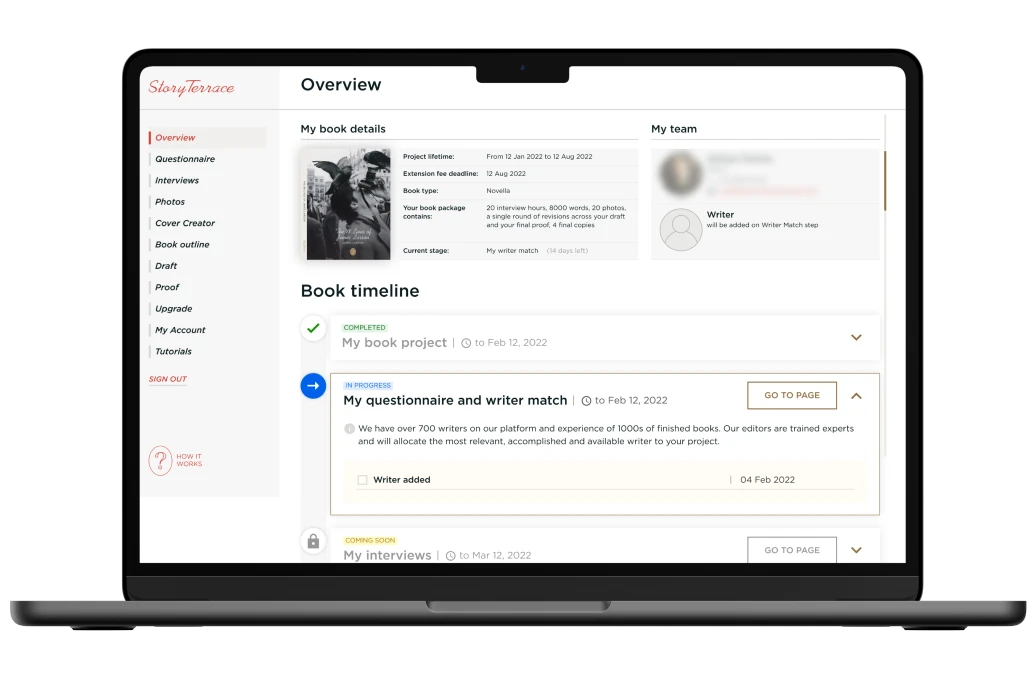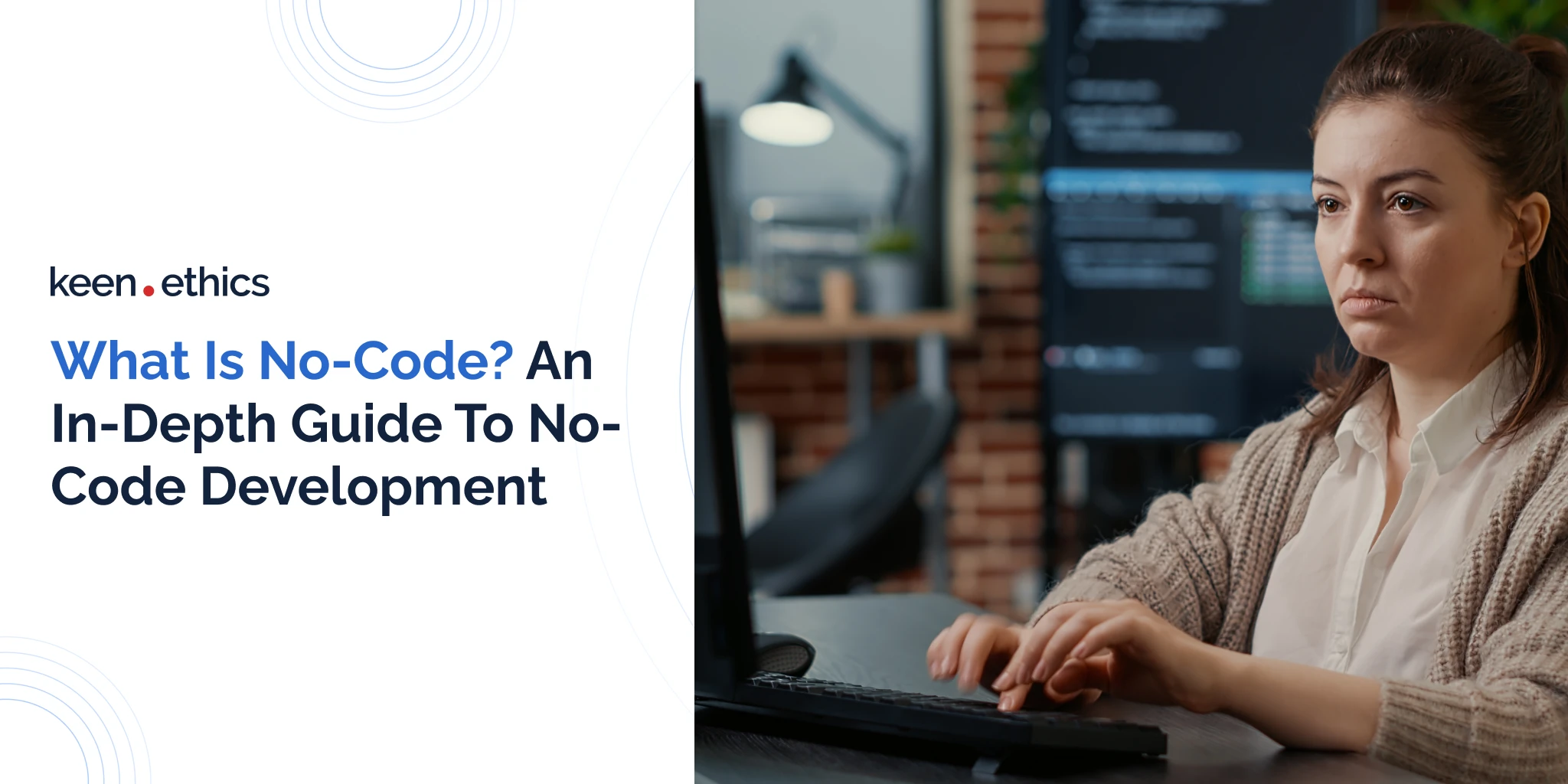ISTQB Certified Tester Foundation Level is a certification for QA specialists that helps them organize and summarize their knowledge on testing according to global software testing standards. Completing the certification requirements assists specialists with understanding the fundamental concepts in testing, improving the quality of their supporting project documents, and figuring out the testing management process. Once a specialist receives this certification, they can also start working on certificates for more narrow skills in QA.
The Downsides and Challenges of ISTQB Certification
ISTQB is undoubtedly not a must-have certification, and it doesn’t fit the career requirements of all specialists. Here is a set of conditions in which this certification makes sense and won’t become a burden.
Experience in testing
Finding employment in software testing without experience has been a challenging task for several years at this point. Thus, in-depth theoretical knowledge is virtually the only thing a trainee can present as a strong point to a potential employer. Under such circumstances, learning theory based on the “golden standard” ISTQB and not some random Internet courses, which have a reputation for offering dubious takes on QA methodology, seems logical. However, this line of thinking contains a significant error. ISTQB CTFL was not designed with beginners in mind, so understanding it without real-life testing experience is very difficult. Besides, the “golden standard” practices rarely manifest in their pure form in real-life development processes. As a result, an excessive focus on prescriptive theoretical aspects can lead to confusion and disappointment among newcomers to the QA sector once they encounter a real work setting because many processes are usually not done according to textbooks. Reviewing the ISTQB Syllabus to guide your independent learning process is a good idea. Still, any attempts to seriously complete this certification shouldn’t take place before you have 6 to 12 months of work experience.
Knowledge of English
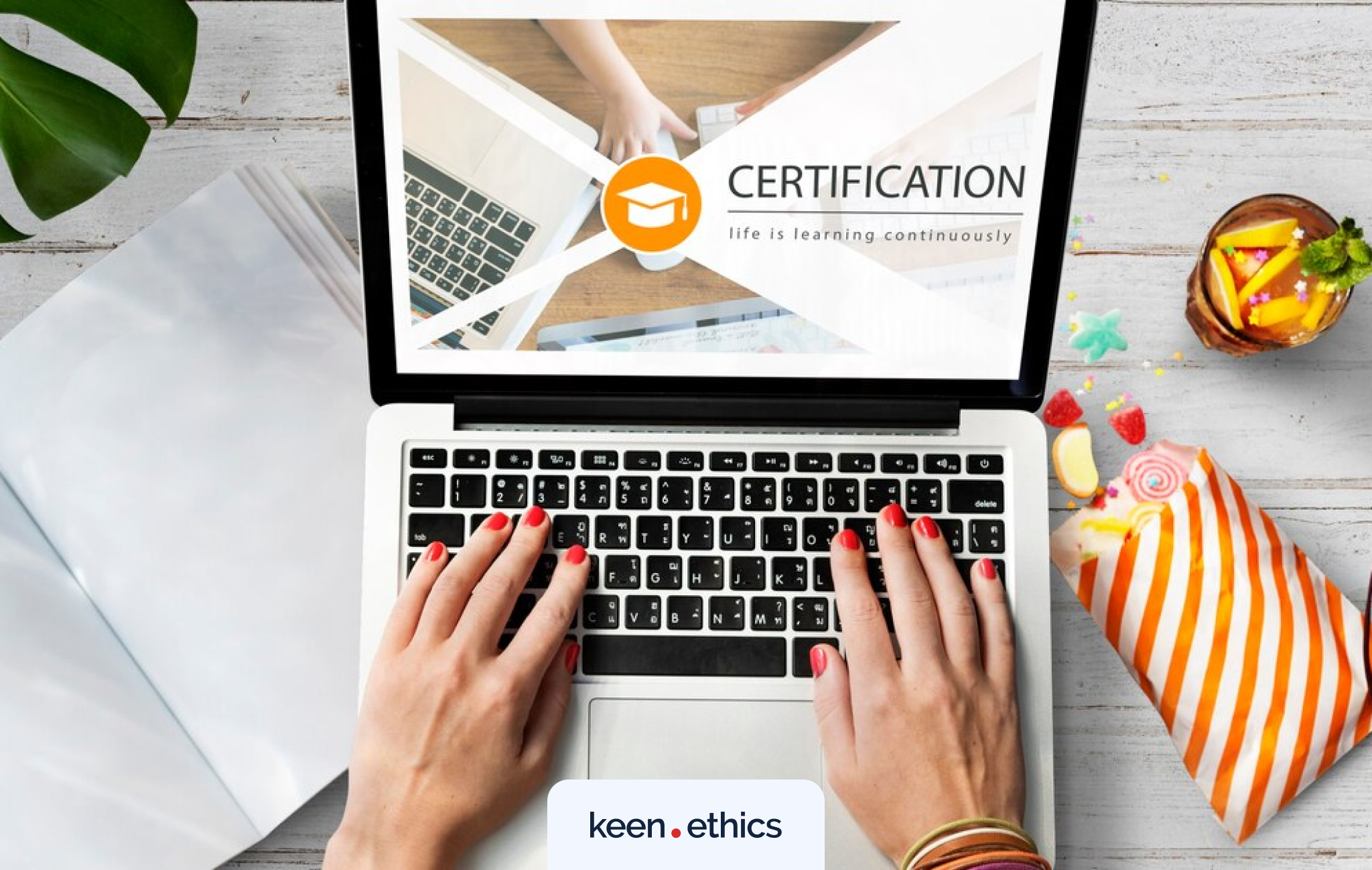
ISTQB Syllabus, the primary source of information for completing this certification, uses a lot of complex technical terminology; more importantly, many terms used in the text have a myriad of synonyms. Even though non-native English speakers are allowed to spend an extra 15 minutes on the test, it’s recommended that they don’t attempt it without at least a B1 knowledge of English.
Certification price
ISTQB CTFL isn’t cheap. The entry fee for the test costs 197 USD; retake permission, which can be bought in advance, costs an additional 49 dollars. As a result, you need to spend at least 200 (maybe even 250 to be safe) USD to have the right to pass the test. If this sum is significant for you financially, expectations from this investment will be higher than the real-life outcomes.
Recommendations for Successful Test Preparation
To successfully pass the ISTQB CTFL test, one has to answer 26 questions out of 40 (65% of the test) correctly. Every question, however difficult, only awards you one point for a correct answer. Questions are split according to various topics based on a pre-defined logic, which doesn’t change from test to test.
A QA specialist needs 1.5 to 2 months to master the material calmly and steadily. I recommend focusing solely on the certification during this time frame; thus, you should choose a time frame without vacations, celebrations, or other events that can distract you for multiple days. Every 1-2 week pause will result in the need to restart almost from scratch, so one concentrated effort here is better. It is advisable to reserve the exam in advance, as this will maintain an appropriate level of tension to keep you engaged in the learning process.
As mentioned before, the primary source of information for the exam is its Syllabus. It’s a 70-page document that contains all key data on the topics covered in the exam. However, don’t get your hopes up because this document is relatively small. Firstly, reviewing the Syllabus itself isn’t sufficient to answer every question during the exam. You will need some additional materials, which I will cover later. Secondly, reading through the Syllabus once and then hoping to pass the test is not a good idea. This mistake is among the most common reasons for retaking the exam because the material covered by the Syllabus may be relatively short, but it’s not simple.
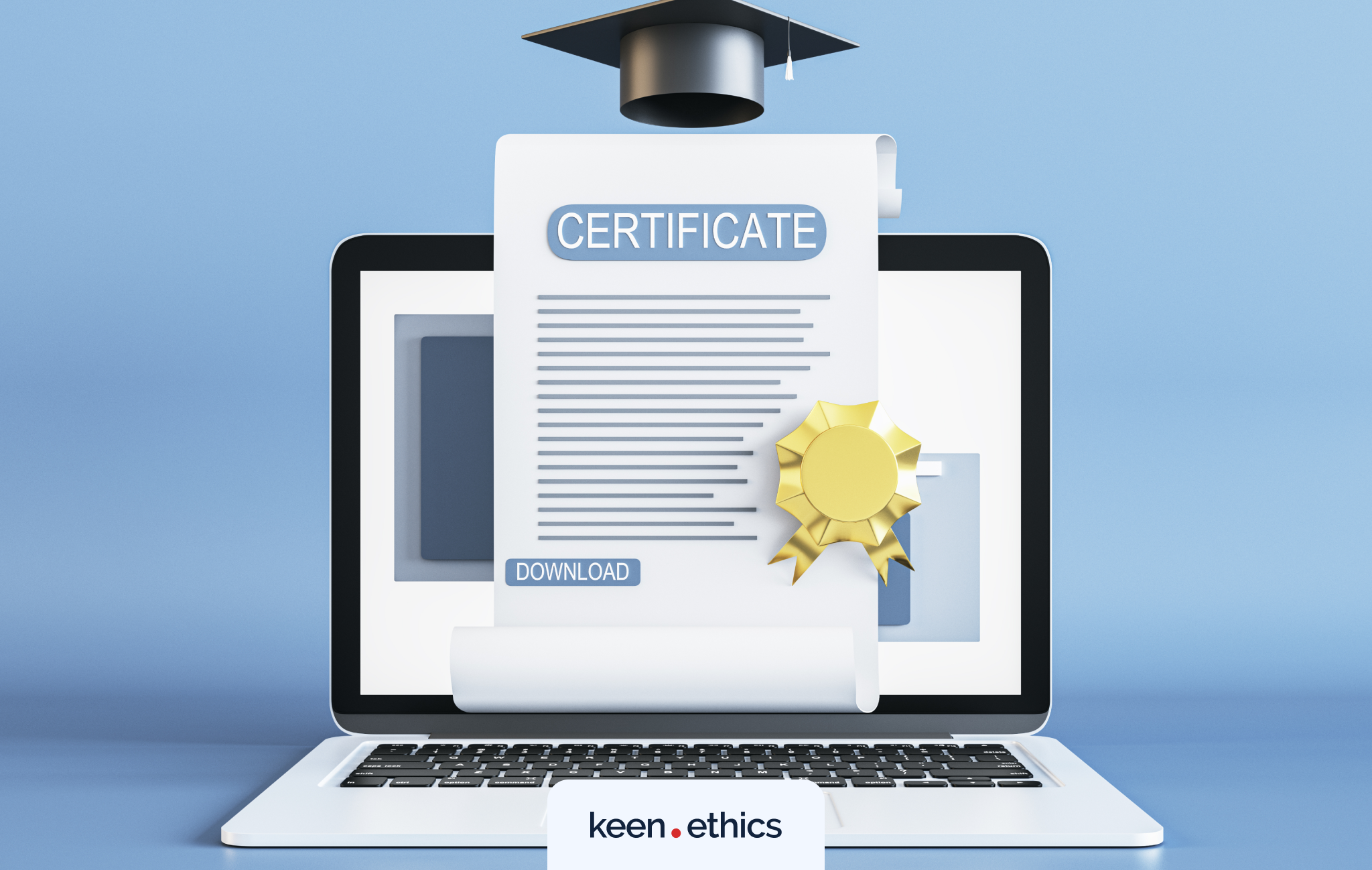
For this reason, I recommend empowering yourself with the “ISTQB® Certified Tester Foundation Level: A Self-Study Guide Syllabus v4.0” by Lucjan Stapp, Adam Roman, and Michael Pilaeten. This book was written by the creators and maintainers of this exam and, hence, contains detailed explanations and tests for every relevant topic, completely corresponding to the expectations set for the certification examinees. Of course, other specialists also produce many articles and mock exams aimed at exam preparation, but they are different from the proper ISTQB standards and can lead to errors during the exam.
Nonetheless, I can cautiously recommend a Udemy course called “ISTQB Foundation Level preparation course + 1000 quiz examples.” In this course, you will find the ISTQB Syllabus in a more readable form, tests for every topic covered by the exam, videos with detailed explanations of the core concepts, and diagrams aimed at visual learning. This course, in my opinion, is sufficiently informative to help you rationally plan your learning efforts per topic and go through every module at a steady pace.
When you realize you are ready for mock exams, challenge yourself with the official Sample Exams on the ISTQB site. Those and only those sample/mock tests reflect the content of real exams and have the same structure, style of question writing, and identical logic for “curveball” questions. For this reason, I don’t recommend spending a lot of time on Udemy tests. Learning from mistakes is more effective based on sample exams created by the ISTQB managers.
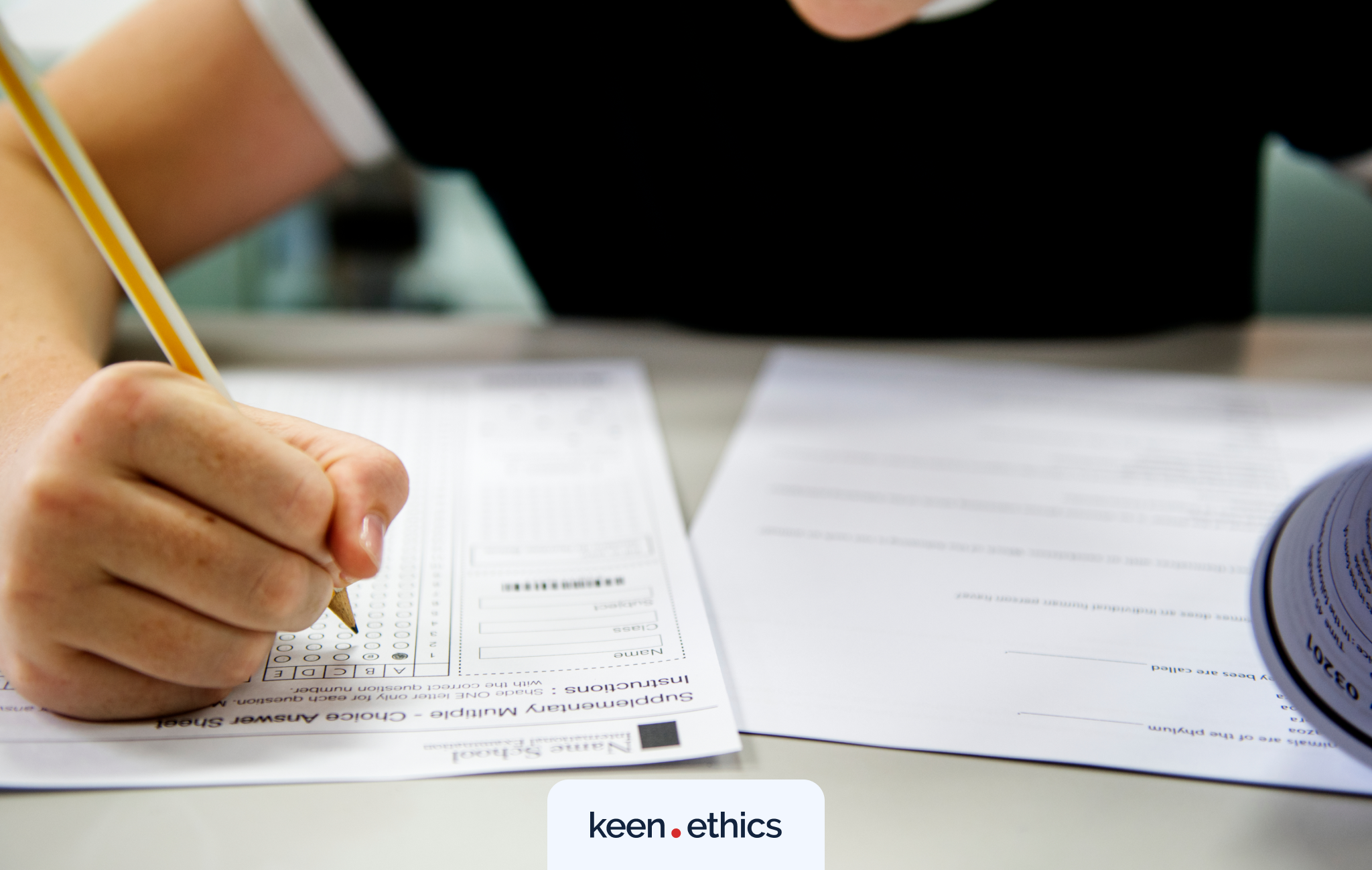
Even though this approach seems quite intimidating, my focus on learning about all topics from multiple standpoints/sources and clearly emphasizing official sources allowed me to master approximately 87% of the Syllabus content. This number is my official post-exam score.
Multiple paid courses help you prepare for the certification. Their prices are between 7000 and 10000 UAH (170 USD to 250 USD as of May/June 2025). I don’t see any reason to join those courses apart from gaining additional motivation and a self-discipline boost. Independent test preparation is a realistic goal if you use available sources.
And what about ChatGPT? This app has already become a number 1 tool for learning in many spheres… and failed to help with ISTQB. I tried to tell ChatGPT to use only the Syllabus to explain various testing topics. Still, it typically chose to use other sources along with it, leading to a lot of confusion before I figured out what had happened. It won’t be able to help you with complex tasks on test designing, too.
Practical Aspects of Certification Preparation
Primarily, you need to book the time and date of the exam. You need to do this not on the ISTQB site but on their partner providers’ portal. In Ukraine, the most popular test provider is iSQI. Don’t forget to request a time extension (this feature is available for non-native English speakers): it will give you 15 additional minutes to complete the test. I also recommend paying for a retake option (2TRY), which allows you to pass the test again if you fail it on your first try. Psychologically, this will calm you down before the test and make you more confident. Besides, I know of real cases when exam questions during the first try were very difficult but then examinees had better luck during the retake.
After paying for the test, you will get an email about successful registration. The emails are typically sent during standard business hours because a portion of your data must be processed by human personnel, who require some time to process your request.
A critical stage is the so-called System Check. You will receive an email with a link to it after registration. Your task here is to follow the link and run a systematic review of your environment and computer hardware/software to ensure a smooth examination process at least 48 hours before the exam (this is a stringent deadline: if your exam date is on Friday, you must pass this check on Wednesday).

During this process, you can check whether your microphone and camera (laptop and smartphone) work appropriately. You will also have to take a photo of the room where you will take this exam. In reality, your room doesn’t have to be in complete accordance with exam requirements. This check is more about preparing you for this process during the real exam to speed it up. Still, you must go through the System Check, and there are no alternatives. If you refuse to go through it, you won’t be allowed to take the exam, and no refund is given in such cases.
You need to take the process of room preparation very seriously if you want to pass the exam. Your table, walls, and floor must be clear of all unnecessary objects, such as posters, frames, and books. Examinees must clearly show that they have removed them before the exam. Screens of all types should be removed or covered with something if it is difficult to move them.
The rules for computer software are also strict. All apps must be completely closed and stopped apart from your browser and a tab where you pass the exam. These rules are strictly supervised by a proctor with whom you can chat. During my exam, they (the proctor is anonymous) noticed that I forgot to fully close a screenshot app and immediately asked me to switch it off. From this, I can immediately tell that the rules are stringent. Also, don’t forget to take off a smartwatch if you have one. Abstain from food and water before the exam because one cannot leave their room during the exam. The door to your room must always be visible to proctors. It should also be closed. However, if your children or pets suddenly have to enter the room, there’s no need to prevent them, as the exam rules allow this specific action.
You are also forbidden to make pen-and-paper notes. ISTQB examinees can only write on a whiteboard and then erase everything from that board. So, I recommend buying a small A4/A5 paper-sized whiteboard.
Apart from a laptop webcam, you need to switch on a camera on your smartphone. It’s necessary to track your hands and keyboard. I recommend buying a simple smartphone tripod to avoid difficulties with smartphone positioning.

As for the exam, don’t forget that you can always skip challenging questions and return to them later. Remember: one exam question always costs one point, so spending much time on a particular task is impractical. The test lasts 75 minutes, meaning you have less than 2 minutes per question. I also recommend being careful with question formats: the exam has questions that target both true and false statements.
Despite all the challenges, successfully passing the test is a realistic goal for QA specialists with sufficient experience. Even though exam preparation initially appears confusing and complicated, passing it after two months of preparation is a realistic goal if you use a consistent and all-encompassing approach.
I wish you good luck during the test!

